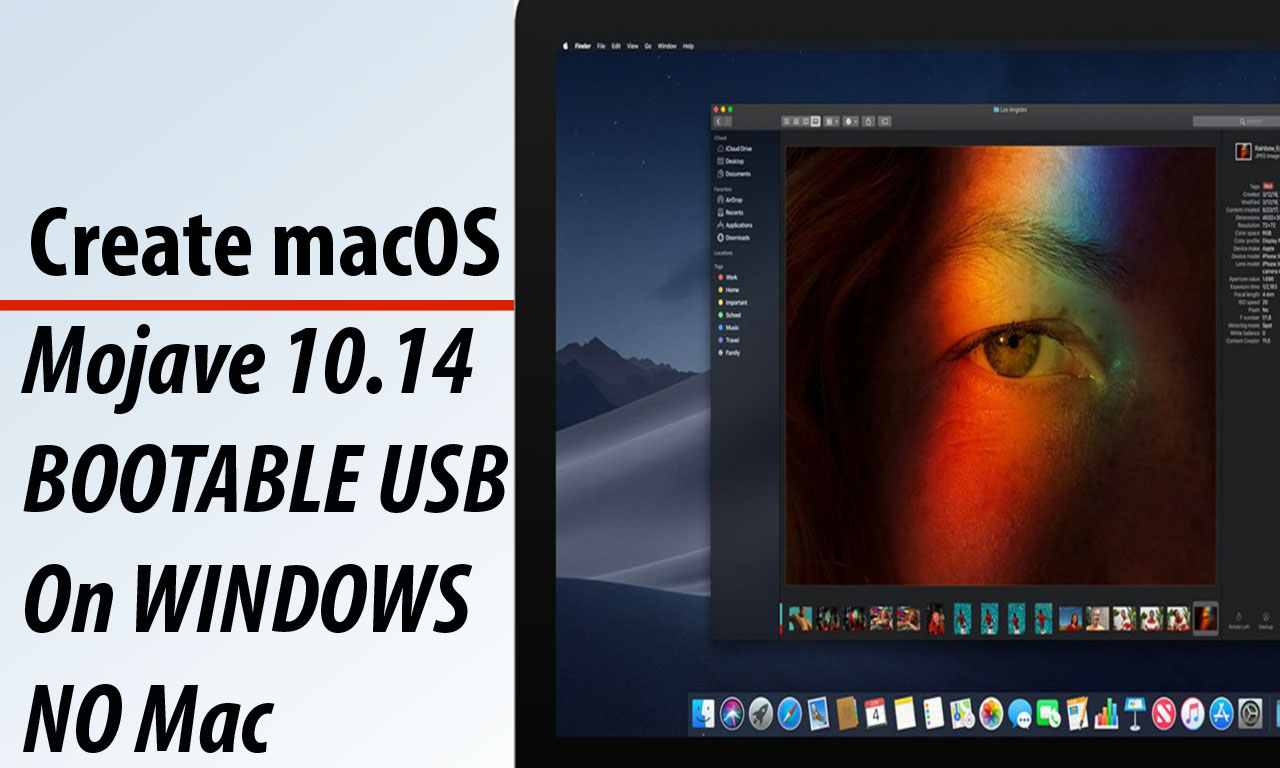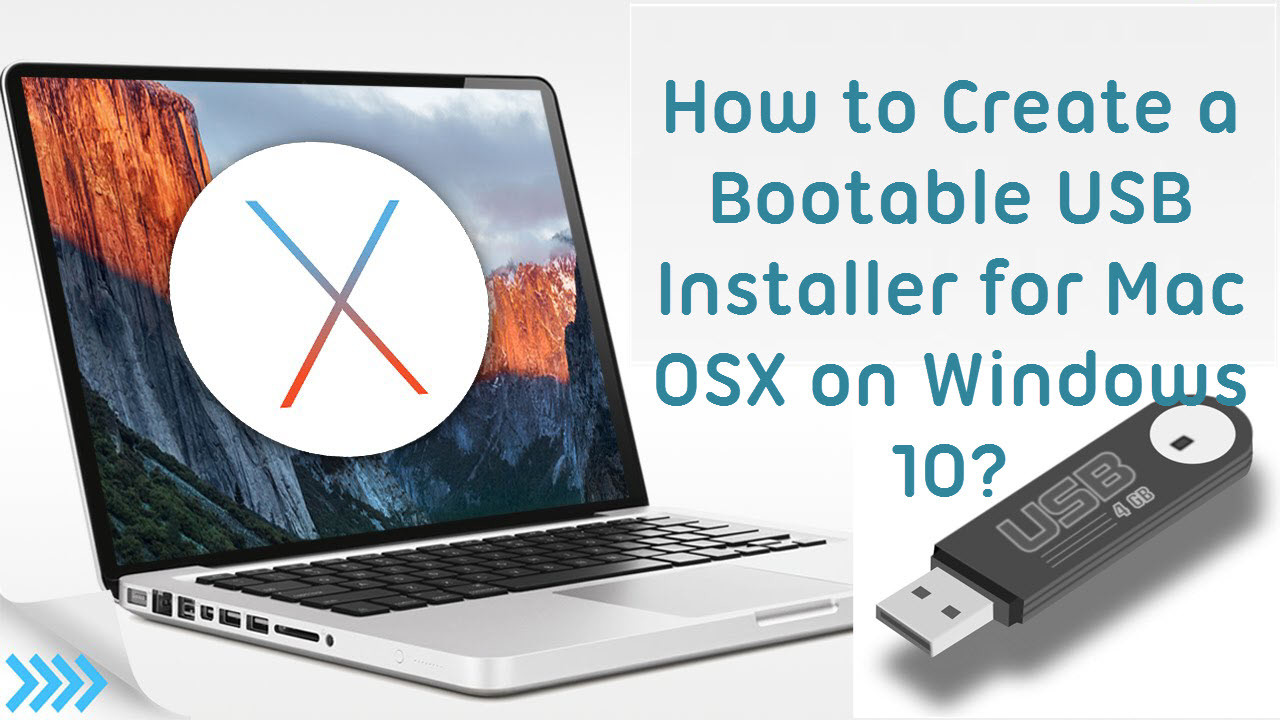Create the Final USB. After the first USB is done, you can reboot your computer into Tails. As it’s rebooting, make sure that your computer is set to boot to USB. Select Tails from the boot menu. Then, when Tails boots, select your language and region. After a few seconds, you’ll see the Tails desktop. Insert your second USB now. You can create a Linux live USB by using either a GUI application like Rufus or by leveraging your existing command-line utilities. We will show you how to create a bootable Linux distro from all major operating systems, including Linux, Mac OS, and Windows. For those who failed to create bootable USB with TransMac, take a look at UUByte DMG Editor. I managed to create two bootable USB from macOS Mojave and Catalina DMG file and successfully installed them on respect Mac. First, make sure the dmg file you downloaded is valid.
With a bootable Ubuntu USB stick, you can:
- Install or upgrade Ubuntu, even on a Mac
- Test out the Ubuntu desktop experience without touching your PC configuration
- Boot into Ubuntu on a borrowed machine or from an internet cafe
- Use tools installed by default on the USB stick to repair or fix a broken configuration



Creating a bootable USB stick is very simple, especially if you’re going to use the USB stick with a generic Windows or Linux PC. We’re going to cover the process in the next few steps.
Apple hardware considerations
Make A Bootable Usb On Mac From Iso

Create A Bootable Usb On Mac For Windows
There are a few additional considerations when booting the USB stick on Apple hardware. This is because Apple’s ‘Startup Manager’, summoned by holding the Option/alt (⌥) key when booting, won’t detect the USB stick without a specific partition table and layout. We’ll cover this in a later step.
